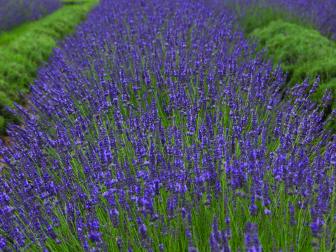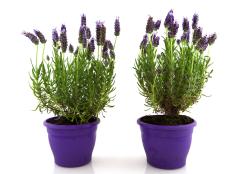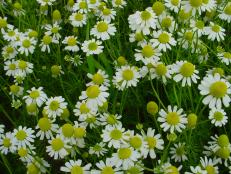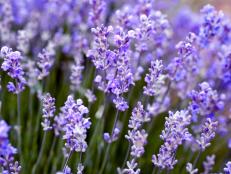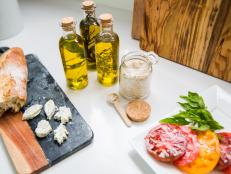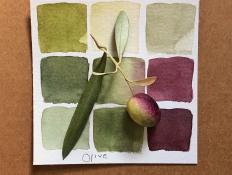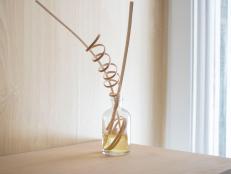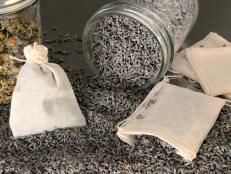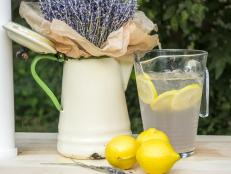Make Lavender Oil or a Lavender Oil Tincture
Learn to make your own essential oil with lavender you grow yourself.

AS Food studio / Shutterstock.com
Tap into the power of the essential oils that lavender possesses. While the process to make true essential oil is best left to professionals—it involves distilling the flower buds, capturing the steam and condensing it into a liquid—you can harness the essential oils in lavender with a simpler process at home.
Practice making lavender oil or a tincture in your kitchen. Because both the oil and tincture are made with lavender flowers and buds, you’ll still have the properties and benefits of the essential oils in lavender. With the lavender oil, you can apply it directly to skin, something that’s not always recommended with pure lavender essential oil. The tincture is alcohol-based, and it can last up to five years.
How to Make Lavender Oil
Making lavender oil requires simple ingredients.
- 1.5 cups olive oil
- 7 Vitamin E oil capsules
- 1.5 to 2 cups lavender buds or flowers
Heat the olive until it bubbles at pot edges. Add lavender and simmer for 30 minutes. Cool to room temperature, and strain twice—once through a metal strainer and the second time through a coffee filter. Pierce the Vitamin E capsules, squeeze the oil into the lavender oil and stir.
Refrigerate in a sterilized, airtight glass jar. The oil becomes cloudy when cold, but clears upon warming to room temperature. Store in the fridge for up to six weeks and/or freeze a portion. Frozen lavender oil remains strongly fragrant for four to six months. Use this lavender oil in your bath, as a skin moisturizer, cologne or dry hair oil treatment.
How to Make a Lavender Tincture
To make an oil tincture, you need slightly different ingredients.
- 1.5 to 2 cups lavender buds or flowers
- 1 to 2 cups grain alcohol or vodka
Cover slightly crushed (don’t crush until mushy) lavender flowers and buds with grain alcohol or vodka in a glass jar with a tight fitting lid. Store the jar in a dark place (like a cupboard) for two weeks, shaking daily. The longer the lavender sits in the oil, the more essential oils you’ll extract into the alcohol. After a week, strain the lavender from the alcohol using a coffee filter. You might need to strain twice.
Store your tincture in a dark glass jar in a cupboard to prevent sunlight from breaking it down. Use this lavender tincture like lavender essential oil. You’ll need to use a little more because the oils are diluted in the tincture.
Gardening Advice
Plant, Grow and Care for Lavender
Grow lavender in your garden and you’ll be rewarded with colorful flowers, wonderful fragrance and a feast for pollinators — all from a low-maintenance plant.
Lavender Essential Oil Buying Tips
If you’re purchasing lavender essential oil, it’s worth knowing that most of the commercially available lavender oil is a blend of several lavenders. In the professional world of oils, it’s known as Lavender 40/42. It’s the go-to blend for candles and soaps and is consistent in its floral fragrance. Lavandins (Lavandula x intermedia) also yield an essential oil used in candles and soaps.
For aromatherapy, look for a lavender essential oil made from English lavender (Lavandula angustifolia). It’s sometimes sold as French or Bulgarian lavender, referring to the region where it’s grown. Spike or Portugese lavender (Lavandula latifolia) yields an essential oil that has a strong herbal scent with more camphor tones.







